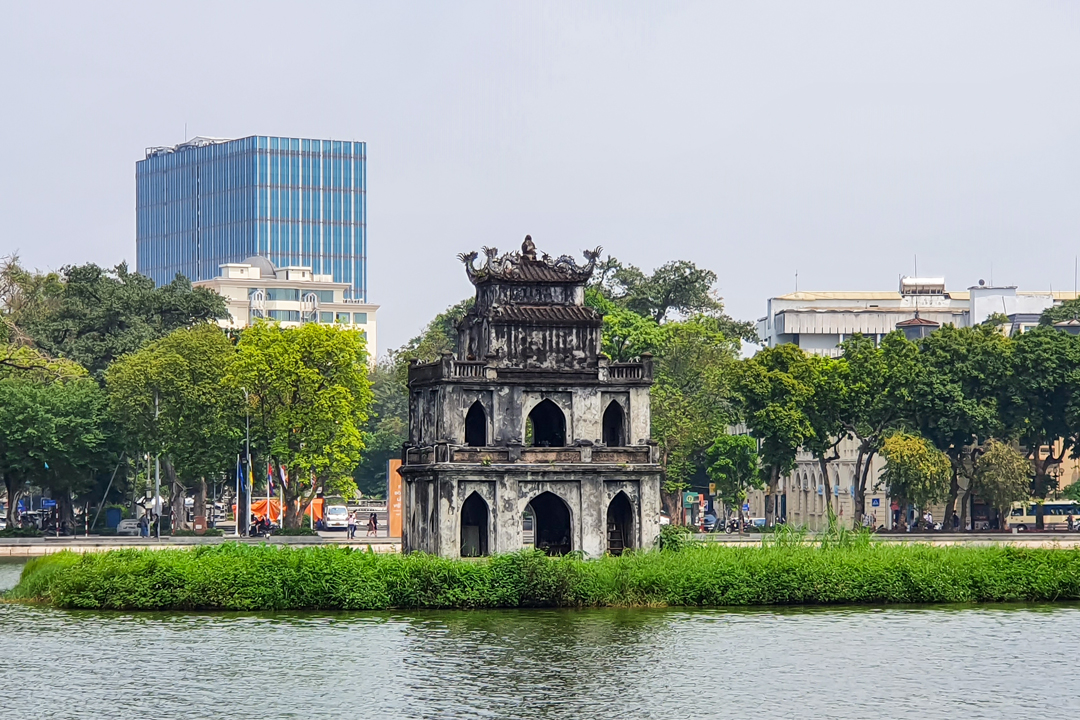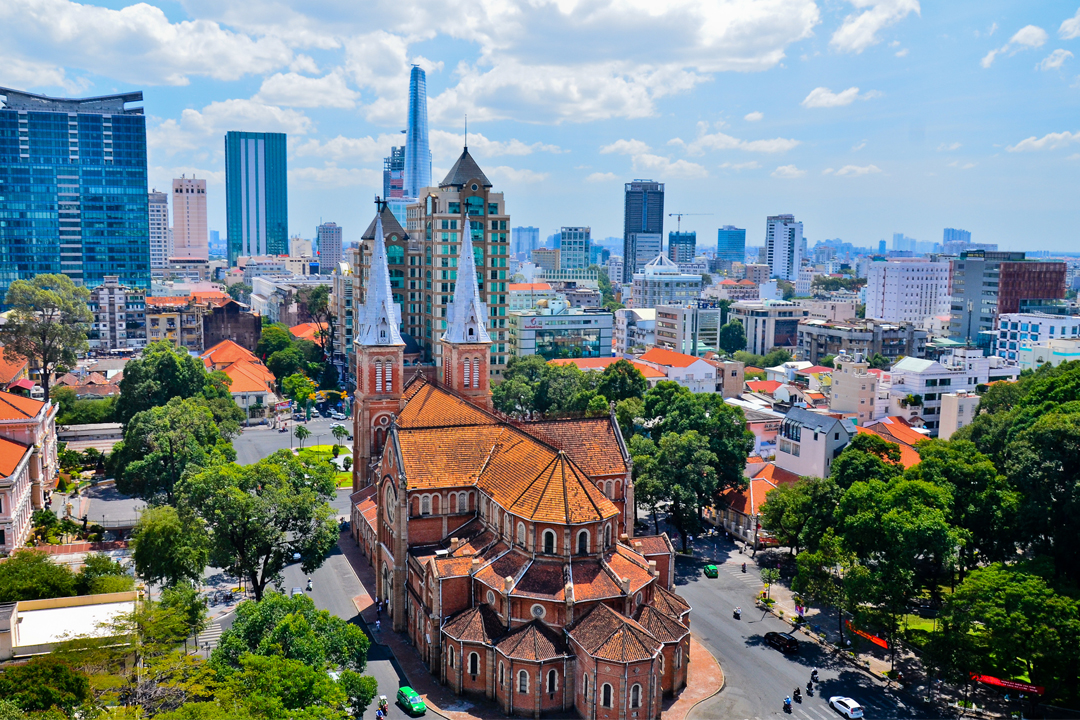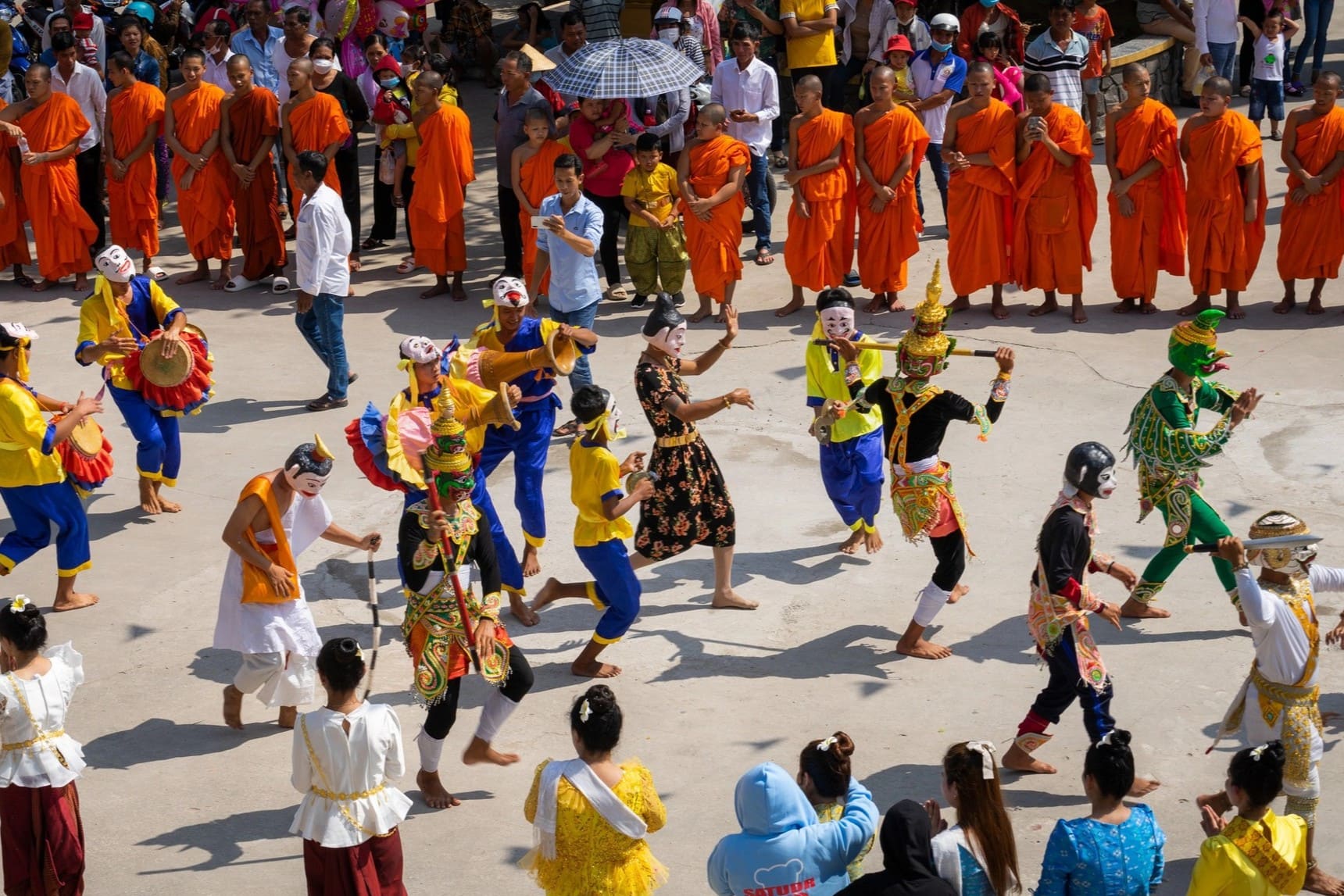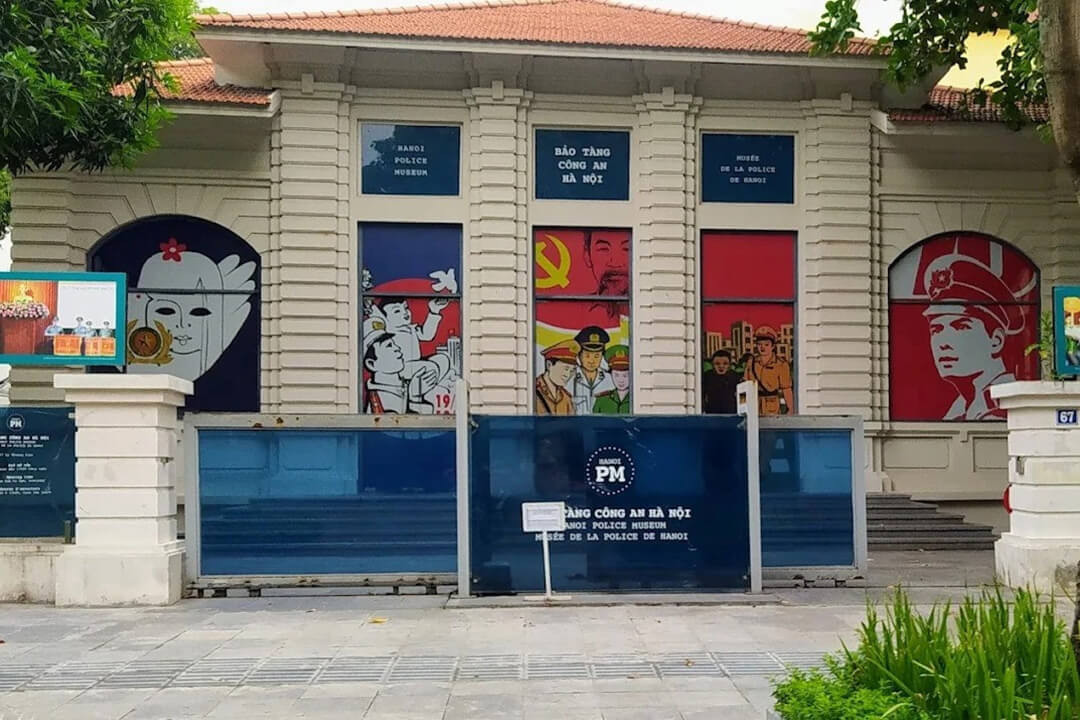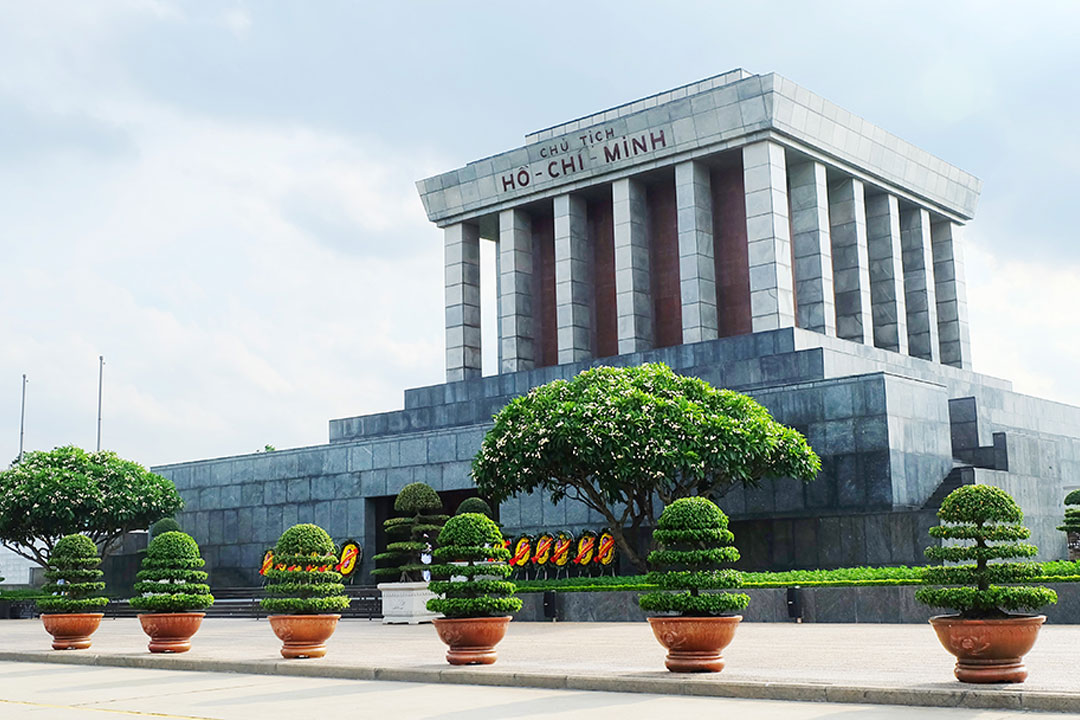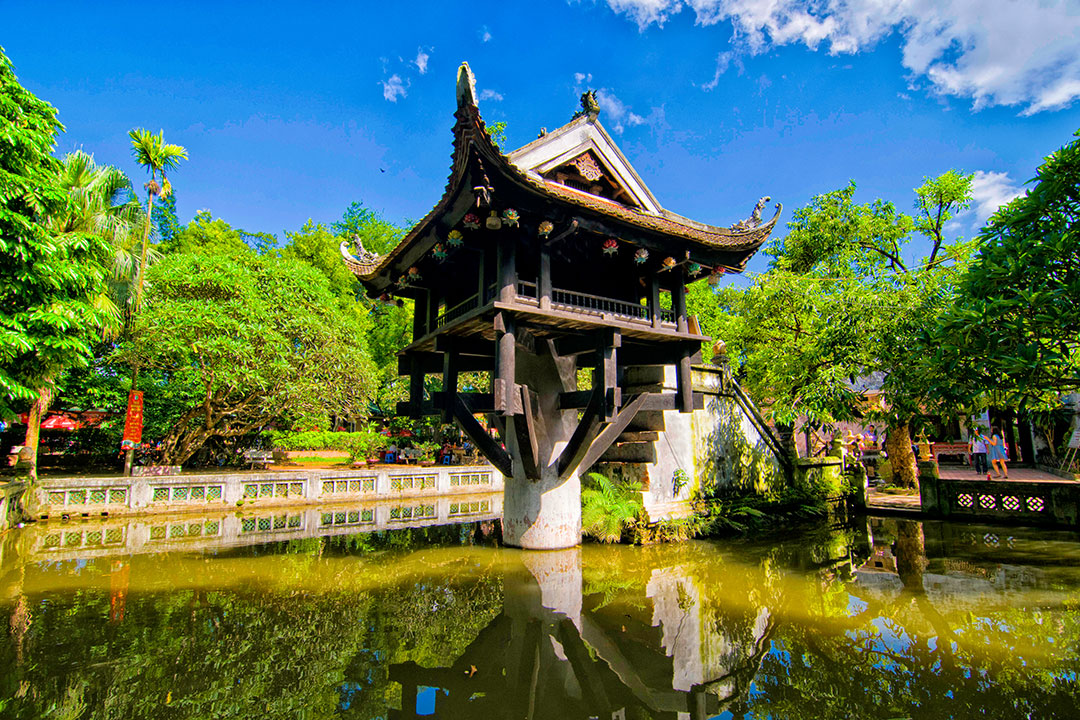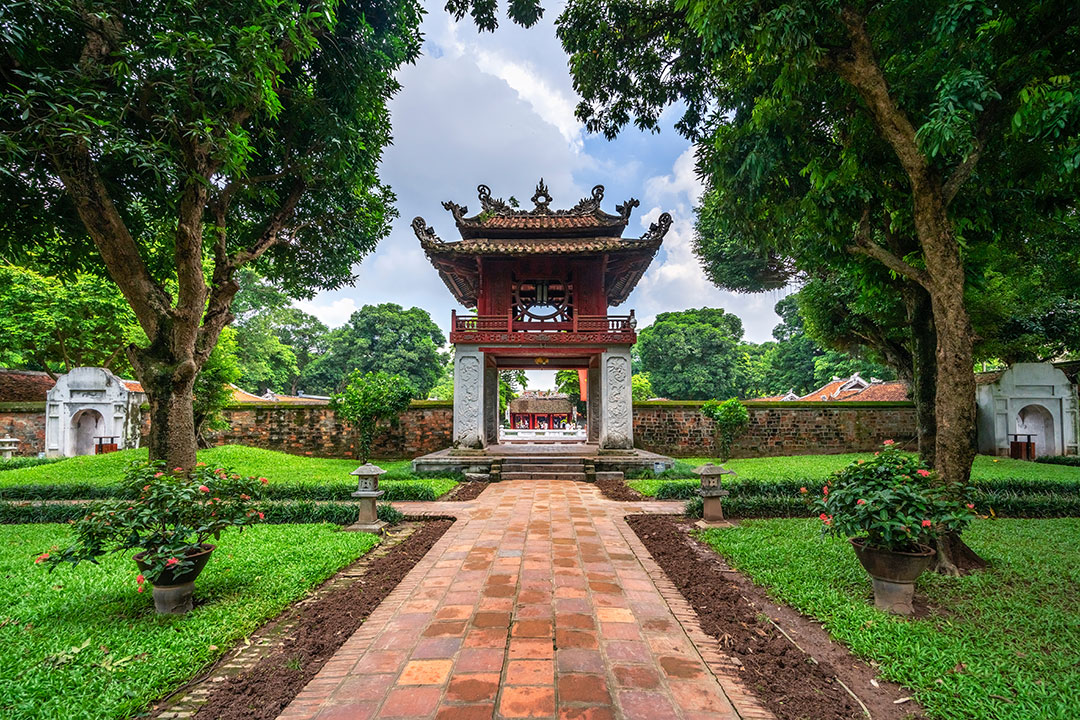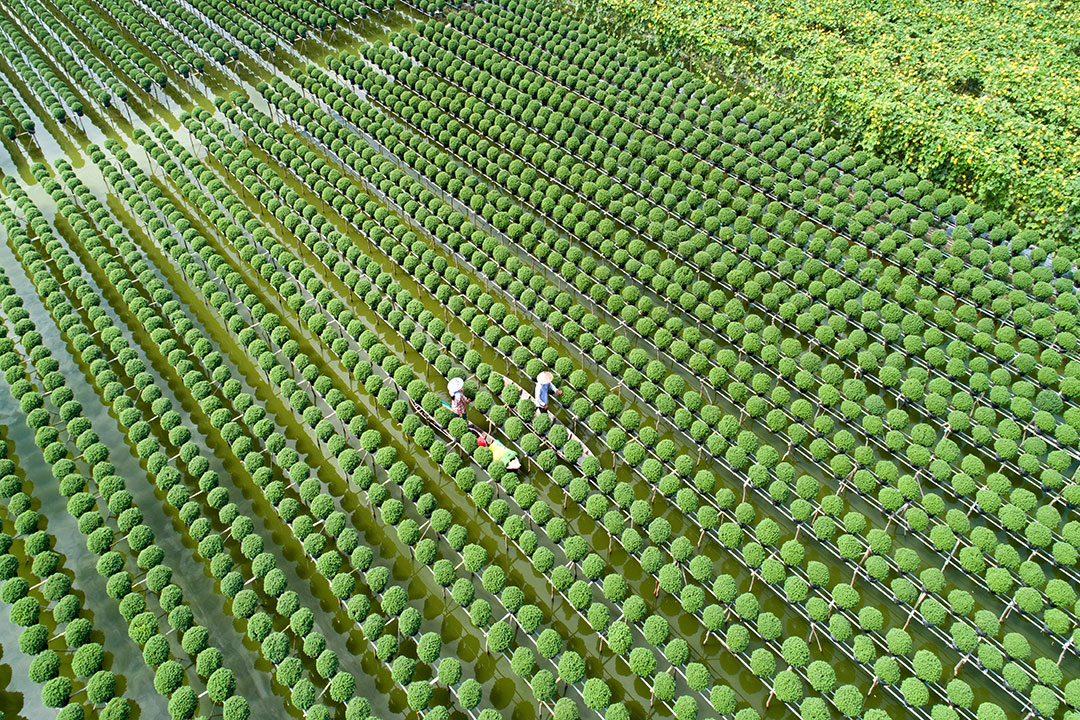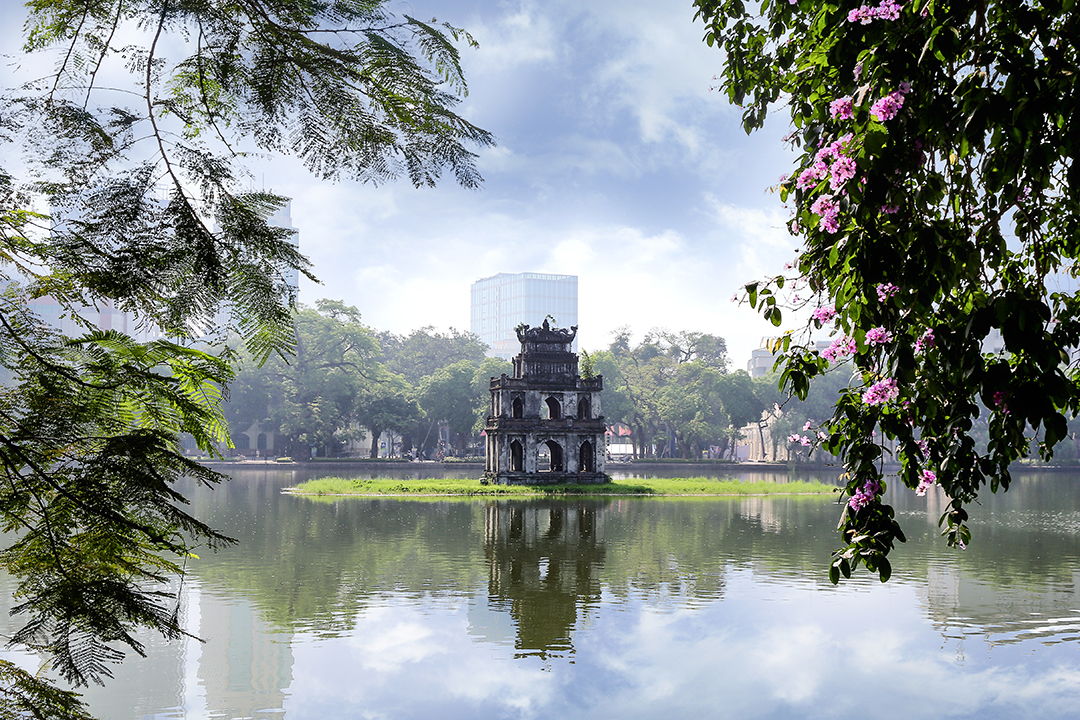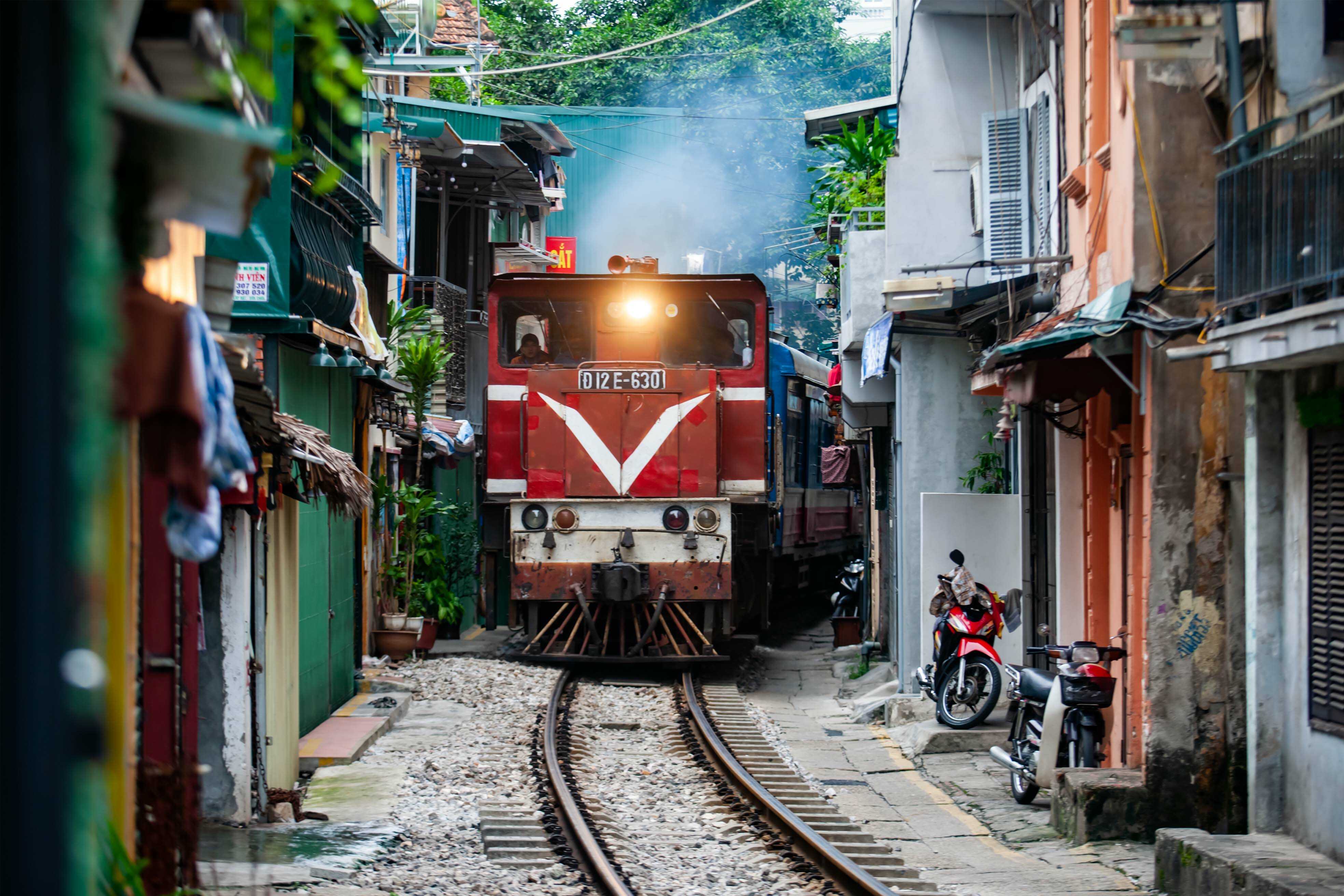Hanoi Police Museum: Location, Things To Do, Exhibitions & Travel Guide
Tucked away in the bustling streets of Vietnam's capital lies a hidden gem that offers intriguing insights into the nation's law enforcement history, the Hanoi Police Museum. While Hanoi is often celebrated for its vibrant culture and rich heritage, this museum presents an unexpected yet captivating perspective on the city's past.
Visitors seeking more than typical tourist stories will discover powerful exhibits on courage, strategy, and Vietnam's evolving police history. If you're a history enthusiast or simply curious, this museum provides a deeper insight into Hanoi's identity and resilience. Join GTrip as we journey into what makes this underrated attraction a must-visit for anyone seeking to explore history from a unique vantage point.
Introduction to the Hanoi Police Museum
- Address: 67 Ly Thuong Kiet Street, Cua Nam Ward (67 Ly Thuong Kiet Street, Tran Hung Dao Ward, Hoan Kiem District, Ha Noi)
- Opening hours: 8:30 AM to 11:30 AM and 1:30 PM to 4:30 PM on weekdays, remaining closed on Sundays and Mondays
- Ticket price: Free
Officially established on June 16, 1967, this historical institution occupies a prominent corner where Tran Binh Trong Street meets Tran Hung Dao Street. The museum serves as more than just a collection of artifacts, it functions as a living memorial that chronicles Vietnam's turbulent history through its major resistance wars. Each exhibit tells a story of sacrifice, dedication, and national pride during pivotal moments in Vietnam's quest for independence.
The museum proudly houses an impressive collection of approximately 1,000 - 1,700 items, including:
- Original historical documents from various periods of Vietnam's police force development
- Nine rare collections featuring unique law enforcement artifacts
- Weapons used by police forces throughout different historical periods
- Uniforms representing the evolution of Vietnam's police units
- Medals and awards honoring exceptional service and bravery
Today's Hanoi Police Museum has evolved beyond its original purpose as a mere repository. It has transformed into a dynamic cultural institution that attracts curious young people seeking to connect with Vietnam's past. You can explore meticulously preserved exhibits that vividly bring distant historical memories to life in the present.
The museum was founded with the noble intention of recognising countless generations of public security officers who devoted their lives to protecting national security. Beyond recognition, it serves as an educational center that nurtures revolutionary knowledge and patriotic sentiment among officers of all ages. This mission of historical preservation and education continues to guide the museum's operations today.

Hanoi Police Museum honors Vietnam’s history and public security with rich artifacts and exhibits
Things to do at the Hanoi Police Museum
The Hanoi Police Museum offers visitors a rich, immersive experience that goes beyond simply viewing exhibits. This cultural landmark provides multiple engaging activities that showcase Vietnam's police history while honoring those who served. The museum bridges visitors with Vietnam’s security history through events, exhibits, and visuals.
Incense offering at the memorial of the heroes and martyrs of the Hanoi Police Museum
A highlight of the Hanoi Police Museum is the traditional incense offering at the Memorial of Heroes and Martyrs. This sacred space honors the police officers and security personnel who made the ultimate sacrifice in service to their country.
The memorial area features a solemn atmosphere with meticulously maintained altars where visitors can light incense sticks and spend a moment in quiet reflection. Museum staff often provide guidance on proper incense offering etiquette for international visitors unfamiliar with the custom. This includes:
- Holding the incense with both hands at chest level before lighting
- Bowing three times as a sign of respect
- Placing the incense in designated holders
- Taking a moment for silent contemplation
This ritual creates a meaningful connection between visitors and Vietnam's history, allowing for a deeper cultural understanding beyond typical tourist experiences. Many visitors describe this as a moving highlight that provides context for the exhibitions that follow.
Visit the exhibitions at the museum
The heart of the Hanoi Police Museum experience lies in exploring its diverse exhibitions housed in it. Here, visitors encounter carefully curated displays that chronicle the evolution of Vietnam's security forces from their revolutionary beginnings to modern policing.
The exhibitions feature an impressive array of artifacts including:
- Historical uniforms and insignia spanning different eras
- Weapons and equipment used throughout Vietnam's police history
- Original documents and photographs documenting key operations
- Interactive displays explaining policing techniques and forensic methods
- Personal effects of notable police officers and security personnel
What makes these exhibitions particularly engaging is their storytelling approach. Rather than simply presenting objects behind glass, the museum contextualizes each exhibit within Vietnam's broader historical narrative. English translations accompany Vietnamese descriptions, making the content accessible to international visitors seeking to understand this crucial aspect of Vietnamese history.
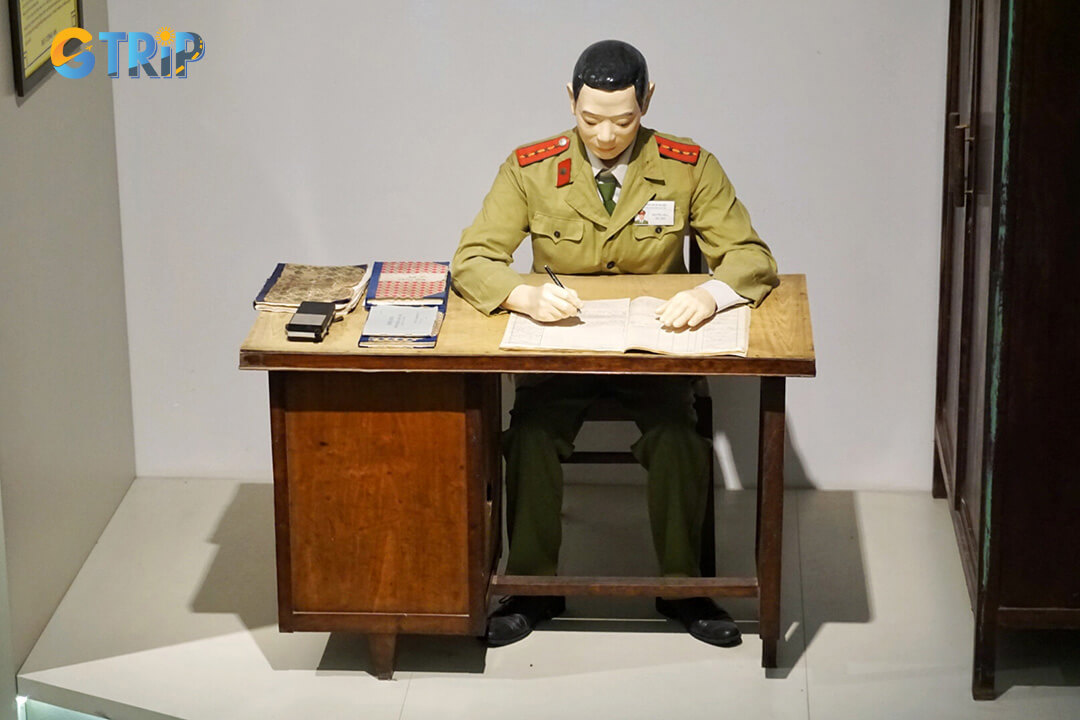
The Hanoi Police Museum offers immersive exhibitions that trace Vietnam’s security forces’ evolution through artifacts and engaging stories
Take beautiful photos in the modern space of the museum
The museum’s design fuses tradition and modernity, offering plenty of photo-worthy spots. The building itself serves as an impressive backdrop, with its striking facade and thoughtfully designed interior spaces. Photography enthusiasts will appreciate these particular photo opportunities:
| Photo location | What makes it special | Best time to photograph |
|---|---|---|
| Museum entrance | Impressive architecture with symbolic elements | Morning for best lighting |
| Exhibition halls | Dramatic lighting highlights key artifacts | Any time (indoor lighting) |
| Memorial garden | Serene landscaping with meaningful monuments | Golden hour (late afternoon) |
| Historical dioramas | Life-sized recreations of historical scenes | Midday (controlled lighting) |
| Ceremonial areas | Traditional Vietnamese design elements | When ceremonies aren't in progress |
Staff are photo-friendly, but visitors should respect no-photo signs in sensitive areas. Many travelers note that the juxtaposition of historical artifacts against the modern museum design creates especially compelling visual compositions.
Learn about the history of the Vietnamese nation
Beyond its focus on police forces, the Hanoi Police Museum offers visitors a comprehensive window into Vietnam's broader national history. The museum traces security forces alongside Vietnam’s path through war and reunification, offering insight into national identity. Visitors gain insights into:
- Vietnam's colonial period under French rule and the emergence of resistance movements
- The revolutionary period and the formation of Vietnam's first security organizations
- The American War (Vietnam War) and the role of security forces in national defence
- Reunification and the development of modern Vietnamese law enforcement
- Contemporary challenges and international cooperation in security matters
The museum presents this historical narrative through a Vietnamese perspective that many Western visitors find enlightening. It offers viewpoints that complement or sometimes contrast with familiar historical accounts. Interactive timelines throughout the exhibition help place police developments within broader historical contexts, creating a multidimensional understanding of Vietnam's past. Visitors often leave with a deeper appreciation for Vietnam’s complex history and resilient spirit.
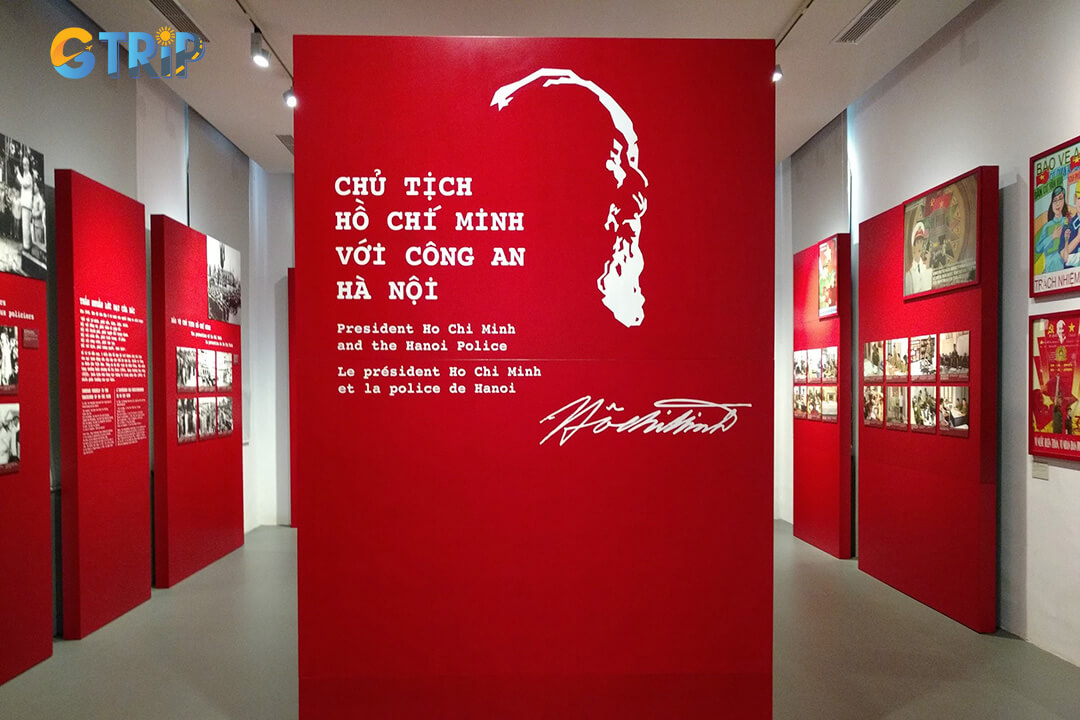
The Hanoi Police Museum offers a comprehensive view of Vietnam’s national history, tracing security forces’ roles
8 themed exhibition rooms to explore in the Hanoi Police Museum
The Hanoi Police Museum offers visitors an immersive journey through Vietnamese law enforcement history across its 1,613 square meters of exhibition space. Each of the eight rooms showcases a unique phase in the development of Hanoi’s police forces, from post-independence origins to modern operations. As you walk through these themed spaces, you'll gain insights into the political, social, and historical contexts that shaped Vietnam's policing institutions.
1. President Ho Chi Minh with the Hanoi Police
This poignant exhibition room celebrates the special relationship between President Ho Chi Minh and the Hanoi police force. The displays feature historical photographs documenting Ho Chi Minh's visits to police stations and ceremonial events following Vietnam's independence declaration in 1945.
Visitors can view personal artifacts and correspondence that illustrate the President's guidance to the newly formed police force. The exhibition highlights how Ho Chi Minh emphasized building a people's police that would serve citizens rather than oppress them, a stark contrast to colonial policing. Notable displays include:
- Original letters from Ho Chi Minh providing direction on police ethics and conduct
- Photographic documentation of his meetings with police officers' families
- Audio recordings of speeches addressing the importance of a just police force
- Personal items gifted by the President to outstanding officers
The room effectively portrays how Ho Chi Minh's philosophy continues to influence modern Vietnamese policing principles. It particularly highlights his emphasis on the connection between police and community.
2. Statues of all Hanoi Police Forces
This visually striking exhibition features life-sized statues representing the diverse branches of Vietnam's police forces. Each statue showcases distinct uniforms, equipment, and specialized roles.
The comprehensive display includes:
| Police branch | Primary responsibilities | Notable equipment |
|---|---|---|
| Traffic Police | Road safety, directing traffic, and accident response | Distinctive white uniforms, motorbikes |
| Fire Police | Fire prevention, rescue operations, and disaster response | Protective gear, fire engines |
| Riot Police | Crowd control, public order during demonstrations | Shields, protective armor |
| Security Police | Intelligence gathering, counterterrorism | Plain clothes, surveillance equipment |
| Criminal Police | Investigation of crimes, evidence collection | Investigation tools, forensic equipment |
Each statue is accompanied by informative panels explaining the evolution of these specialized units and their current operational scope. The exhibit helps visitors understand the organizational structure of Vietnam's police system and how different units coordinate for public safety.
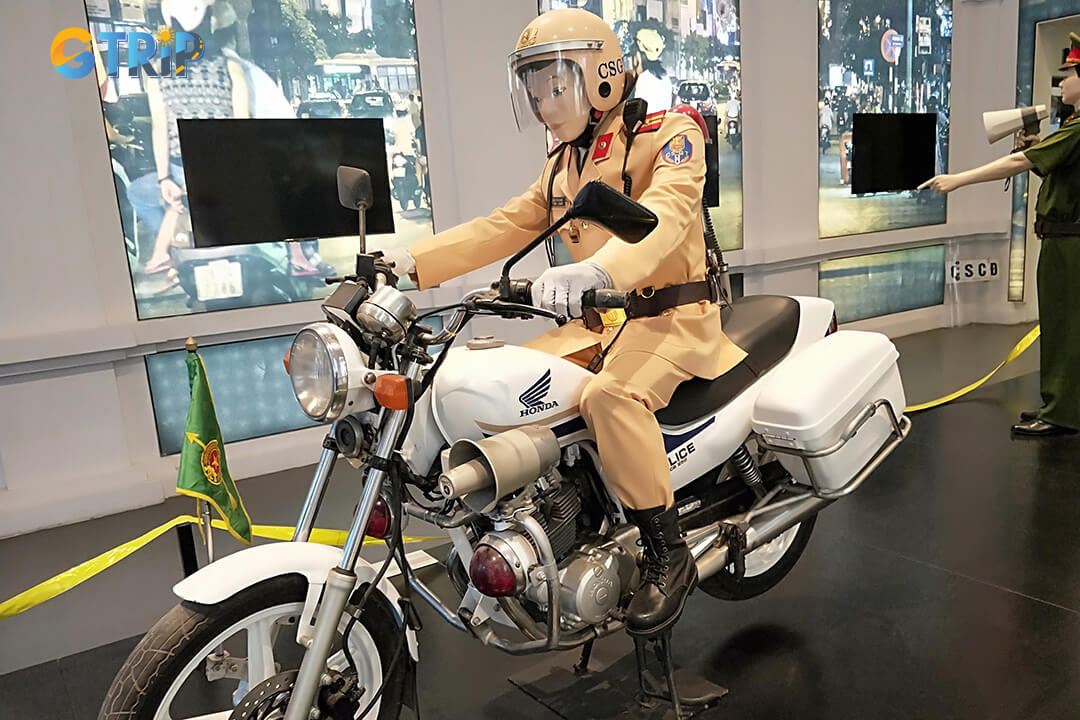
This exhibition displays life-sized statues of Vietnam’s police branches, highlighting their distinct roles, uniforms, and equipment with informative panels
3. Uniforms of Hanoi Police Forces (1945-2015)
This exhibit traces seven decades of police uniforms, highlighting practical changes and symbolic shifts in Vietnam’s political identity. Before 1962, police officers wore a single standardized uniform regardless of their specialization. The exhibit displays original pieces from this era, characterized by:
- Simple khaki designs influenced by military styling
- Basic insignia indicating rank but not specialization
- Limited protective equipment by modern standards
The post-1962 period marks a significant transition with the introduction of specialized uniforms for different branches:
- Traffic police adopted their iconic white uniforms for high visibility
- Criminal investigation units received more practical field attire
- Special forces developed tactical uniforms based on operational needs
The most recent uniform developments (2000-2015) demonstrate modernization efforts with:
- Advanced materials for comfort in Vietnam's tropical climate
- Enhanced protective elements for officer safety
- More sophisticated rank identifier systems
- Integration of international policing standards while maintaining Vietnamese identity
You can trace the evolution of police appearance through Vietnam's transitional periods. This is illustrated through mannequin displays, original artifacts, and comparative photographs.
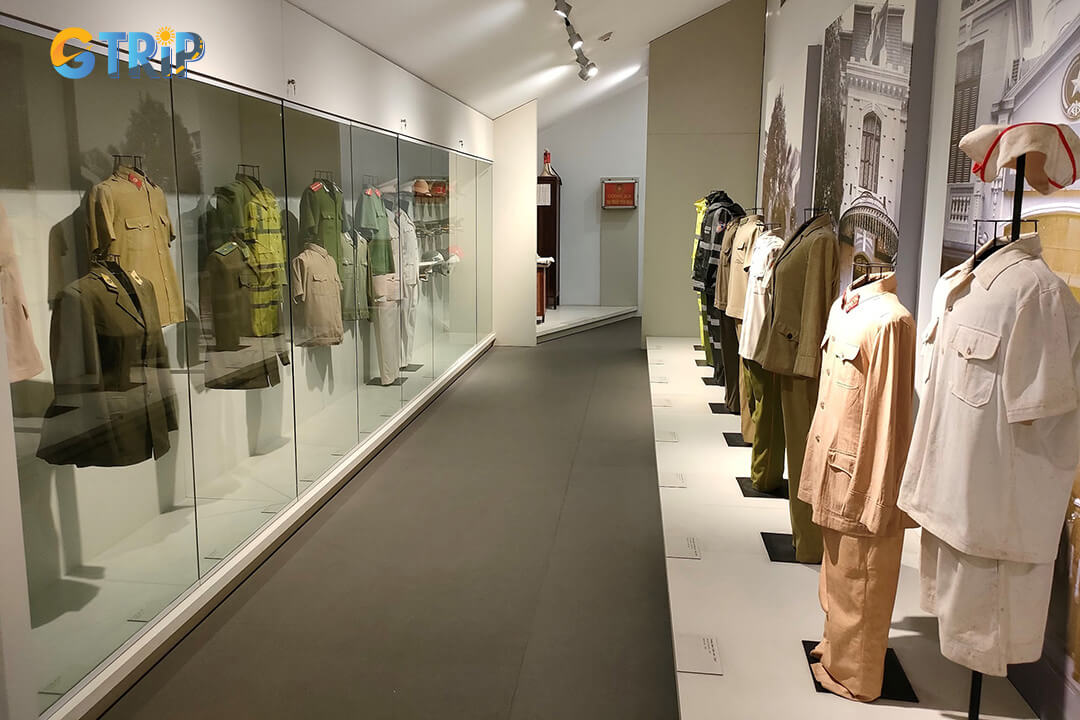
This exhibit traces seven decades of Vietnam police uniforms, showcasing their practical evolution and symbolic ties to the country’s political history
4. Police Station model area
This interactive exhibit features a detailed scale model of a typical Vietnamese police station, showcasing the foundational unit of Vietnam's police organizational structure. The meticulously crafted model reveals the standard layout of community police stations, including:
- Front reception area for citizen services and reporting
- Administrative offices for documentation and record-keeping
- Temporary detention facilities for processing suspects
- Communication center for coordinating with other units
- Community meeting space for public outreach programs
Surrounding the model are informative displays explaining how these stations function as direct points of contact with local communities. The exhibit highlights the ward-based system, where dedicated officers oversee districts and build ties with residents. Video testimonials from officers and residents highlight successful community policing efforts that have reduced crime in Hanoi neighborhoods.
5. Hanoi Police (1945-1954)
This powerful exhibition chronicles the early, challenging years of the Hanoi Police following independence. It also covers their role during the First Indochina War against French colonial forces.
The displays capture the improvised nature of early policing efforts, featuring:
- Rudimentary weapons and equipment, many repurposed from other uses
- Handwritten police regulations and early organizational charts
- Identity cards and early security documentation systems
- Propaganda materials emphasizing the break from colonial policing
Key historical operations are documented through photographs and artifacts:
- Security measures during the August Revolution (1945)
- Police actions during the "Winter-Spring 1946-1947" campaign
- Coordination with military forces during the Hanoi evacuation (1954)
The exhibit effectively portrays how the police force battled both conventional crime and political challenges from colonial authorities trying to regain control. Personal stories of early police officers, many of whom were former resistance fighters, add a powerful emotional layer. These accounts complement the institutional development documented in official records.
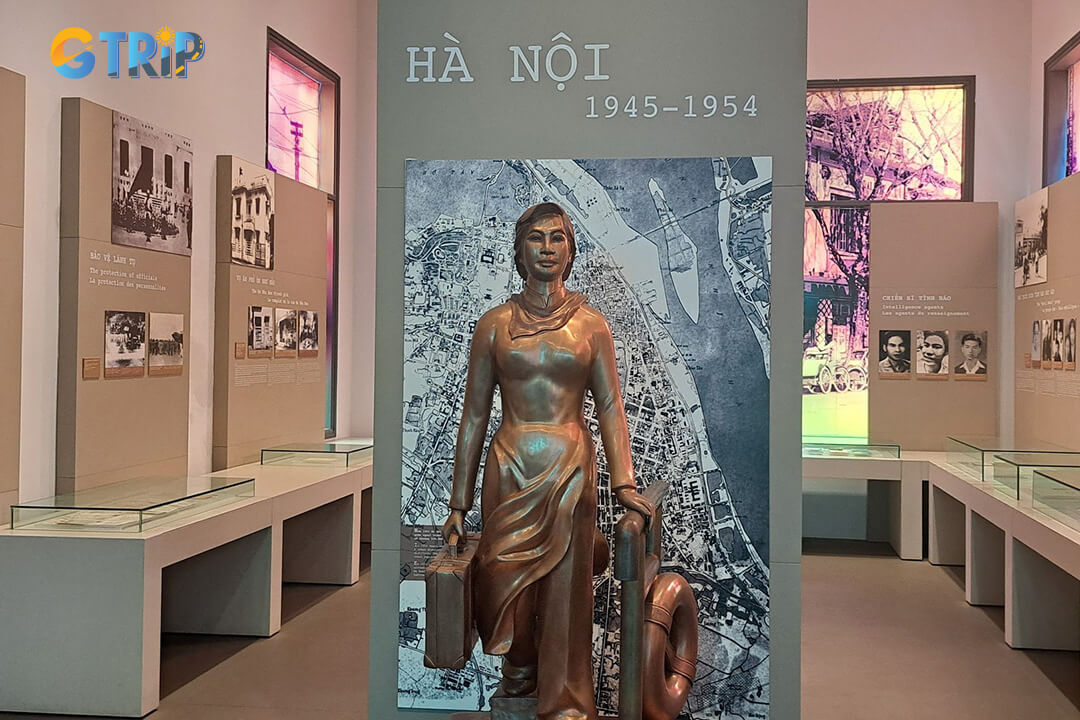
This exhibit highlights Hanoi Police’s early struggles against crime and colonial forces with artifacts and personal stories
6. Hanoi Police (1954-1975)
This room highlights the two decades of the Vietnam War, focusing on maintaining security while supporting the war effort. The exhibition is organized chronologically, highlighting key operations:
| Time | Focus areas | Notable operations |
|---|---|---|
| 1954-1964 | Counter-intelligence, infrastructure protection | Dismantling spy networks, safeguarding government buildings |
| 1965-1968 | Air raid response, evacuation coordination | Civilian protection during bombing campaigns |
| 1969-1972 | Urban security, anti-sabotage operations | Prevention of infiltration attempts |
| 1973-1975 | Preparation for reunification | Security planning for post-war transition |
Particularly moving displays include:
- Equipment used by police bomb disposal teams
- Documentation of civilian rescue operations during air raids
- Memorial displays honoring police officers who died protecting civilians
- Captured enemy intelligence materials and countermeasures
The exhibition balances operational history with human stories, showing how police forces maintained essential services for citizens while operating under extreme wartime conditions. It underscores the resilience and adaptability of the force during times of national crisis.
7. Hanoi Police before Vietnam's Reformation Period (1975-1986)
This exhibition explores the shift from post-war reunification to economic reform, highlighting the evolving role of the police. The displays document the expanded scope of police work during this period:
- Facilitating population movements between North and South
- Managing the integration of different administrative systems
- Addressing new economic security challenges
- Adapting to changing social conditions in the post-war environment
Key operational challenges highlighted include:
- Shortages of resources and equipment during economic difficulties
- The need to standardize policing approaches across newly unified regions
- Managing public order during periods of food rationing and economic stress
- Establishing new training standards for a peacetime police force
8. Hanoi Police (from 1986 onwards)
The final room covers modern Vietnamese policing, from Doi Moi reforms to today’s urban challenges. Interactive displays highlight technological evolution in police operations:
- Early computer systems introduced for record keeping
- Development of forensic capabilities
- Communication system upgrades
- Modern surveillance and traffic management technology
The exhibit addresses how economic development created new policing challenges:
- Rising urban crime rates during rapid urbanization
- New forms of economic crime following market liberalization
- International cooperation against transnational crime networks
- Balancing security with tourism development
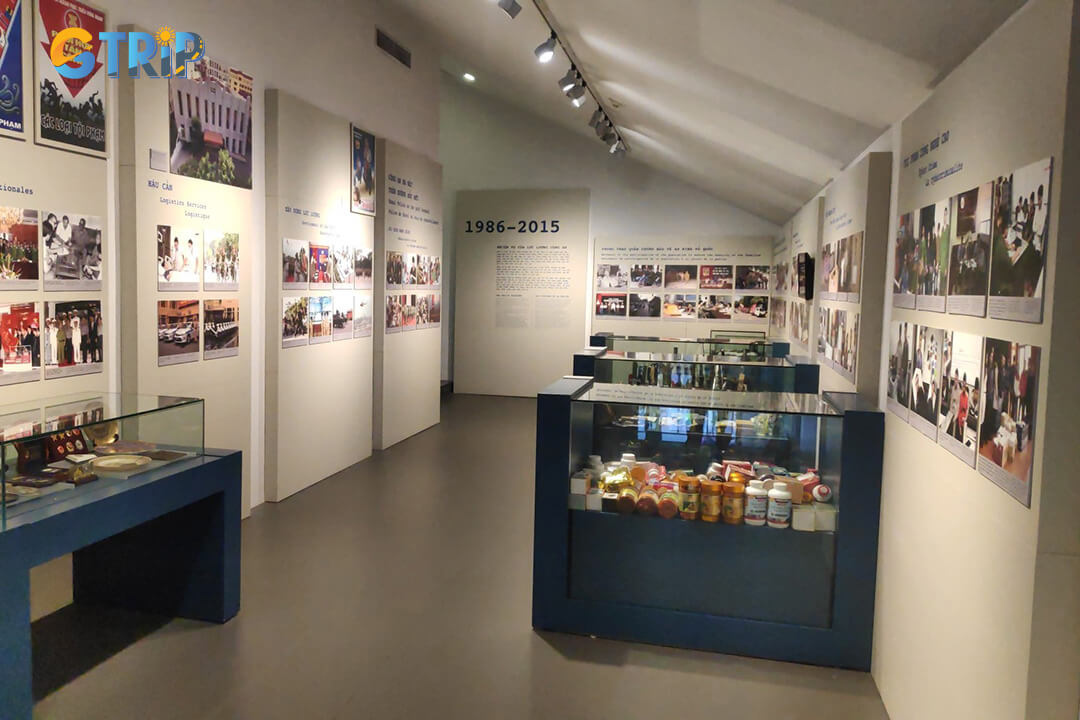
The final room explores modern Vietnamese policing, highlighting technological advances and new challenges from economic growth to urbanization
A dedicated section showcases community policing initiatives and public education programs that demonstrate the shift toward preventative approaches. Digital displays allow visitors to explore crime statistics and safety improvements across different Hanoi districts over the decades. The exhibition concludes with a forward-looking perspective on policing challenges in contemporary Vietnam. These include cybersecurity, environmental protection enforcement, and maintaining security in an increasingly interconnected society.
How to get to the Hanoi Police Museum?
Hanoi Police Museum is accessible via multiple transportation options. If you're staying in the Old Quarter, around Hoan Kiem Lake, or elsewhere in the city, here are the most convenient ways to reach this fascinating historical institution.
By bus
Hanoi's public bus system offers an affordable and authentic way to reach the museum while experiencing local transportation:
- Bus No. 34 stops directly on Ly Thuong Kiet Street, putting you within easy walking distance of the museum entrance
- Bus No. 11 departs from Hoan Kiem Lake (central Hanoi) and passes near the museum, making it convenient for tourists staying in the Old Quarter
- Additional routes including Bus Nos. 01, 32, and E07 also stop within walking distance of Ly Thuong Kiet Street
The bus fare is typically 7,000 - 9,000 VND per trip (approximately $0.3 - 0.4), making this the most economical option. Buses run frequently from around 5:00 AM until 9:00 PM, though they can get crowded during rush hours (7:30 - 9:00 AM and 5:00 - 7:00 PM).
By taxi or ride-hailing services
For convenience and comfort, especially during hot weather or if traveling with family, taxis and ride-hailing services provide direct access to the museum:
| Service | Starting rate | Approximate cost (Central Hanoi to the museum) | Features |
|---|---|---|---|
| Mai Linh Taxi | 10,000 VND/km | 30,000 - 45,000 VND | Reliable meters, green vehicles |
| Vinasun Taxi | 11,000 VND/km | 33,000 - 50,000 VND | White vehicles with a green stripe |
| Grab | Variable | 25,000 - 40,000 VND | Mobile app booking, fixed fare |
| Be | Variable | 25,000 - 40,000 VND | Local ride-hailing app |
The journey from Hoan Kiem Lake to the museum takes approximately 10-15 minutes depending on traffic conditions. Considering the distance is about 3-4 km, expect to pay 30,000-50,000 VND ($1.30-2.2) for this convenient option.
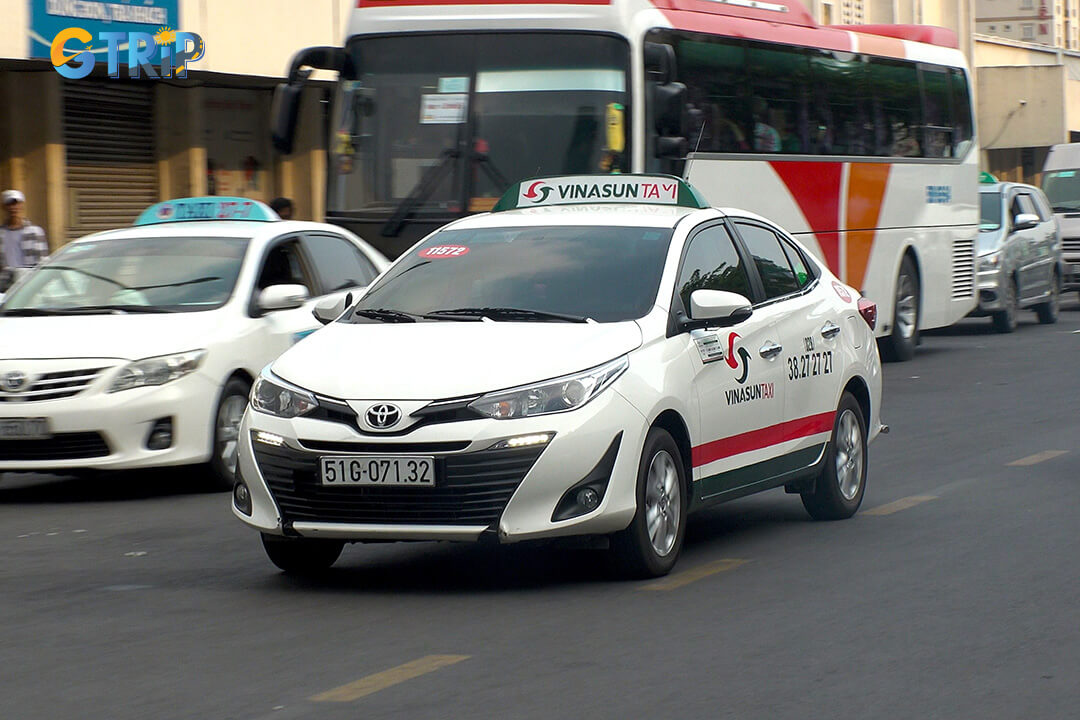
Hanoi Police Museum is easily accessible from the Old Quarter and Hoan Kiem Lake, with several convenient transport options available
By motorbike or bicycle rental
For adventurous travelers comfortable with Hanoi's bustling traffic, renting a motorbike or bicycle offers flexibility and independence:
- Motorbike rental typically costs 100,000 - 150,000 VND per day ($4 - 7)
- Bicycle rental ranges from 30,000 - 80,000 VND per day ($1.30 - 3.50)
- Parking is available near the museum for approximately 5,000 - 10,000 VND
When navigating to the museum, use mapping applications like Google Maps. The route from central Hanoi is relatively straightforward. From Hoan Kiem Lake, head west on Dinh Tien Hoang, continue onto Trang Tien, then Trang Thi, and finally turn onto Ly Thuong Kiet Street. Remember that Hanoi traffic can be intimidating for first-time visitors, so consider your comfort level with local driving conditions before choosing this option.
Important notes when visiting Hanoi Police Museum
To ensure both your enjoyment and the preservation of this important historical institution, visitors to the Hanoi Police Museum should follow several key guidelines. These protocols protect the valuable artifacts and enhance the experience for all guests exploring this unique collection of Vietnamese law enforcement history.
Visitor etiquette and museum policies
The Hanoi Police Museum houses irreplaceable historical documents, artifacts, and exhibits that require careful preservation. When visiting, remember these essential protocols:
- No touching exhibits or photographs: Many items are original historical artifacts that can be damaged by oils from human hands
- Maintain a quiet atmosphere: Keep conversations at a low volume to respect other visitors and the solemn nature of some exhibits
- Dress appropriately: Modest attire shows respect for the cultural significance of the institution
- No food or beverages: Eating and drinking are prohibited in all exhibition areas to prevent damage to artifacts
- No photography in restricted areas: Always check signage before taking pictures, as some sections prohibit photography
Maximizing your museum experience
To fully appreciate the wealth of information and historical context the museum offers:
| Recommendation | Benefit | Notes |
|---|---|---|
| Hire a tour guide | Detailed historical context and stories behind exhibits | Available in English and Vietnamese |
| Use audio guides | Self-paced exploration with professional narration | Perfect for independent travelers |
| Visit on weekday mornings | Fewer crowds and more personalized attention | Tuesday-Friday before 11 AM is ideal |
| Allow 1-2 hours | Time to properly absorb information without rushing | A comprehensive visit needs sufficient time |
The museum's exhibitions contain nuanced historical information that benefits greatly from expert interpretation. While independent exploration is possible, guided tours significantly enhance understanding of the complex historical and political contexts of many displays.
Security and practical considerations
For security reasons and visitor convenience, visitors should be aware of these practical guidelines:
- Leave large bags at your accommodation: Bulky backpacks and suitcases are not permitted in the exhibition areas
- Bring only essential items: Small purses and camera bags are typically allowed
- Prohibited items: including weapons or sharp objects, flammable materials, illegal substances, professional photography equipment (without prior permission)
The museum provides small lockers for valuable items, though availability is limited during peak tourist season. You are encouraged to plan accordingly by traveling light when visiting this educational institution.
Nearby attractions from Hanoi Police Museum
The Hanoi Police Museum sits in a historically rich neighborhood, making it an excellent starting point for exploring other significant attractions within walking distance. After exploring Vietnam’s police history, continue your cultural journey at nearby attractions just a short walk from the museum.
Hoa Lo Prison
Just 140 meters from the Hanoi Police Museum stands one of Vietnam's most sobering historical sites, Hoa Lo Prison. Built by the French colonial administration in the late 1880s, this prison was ironically nicknamed the "Hanoi Hilton" by American POWs during the Vietnam War.
The prison now functions as a museum presenting two distinct historical narratives. It tells the stories of Vietnamese revolutionaries imprisoned and tortured by French colonizers and of American pilots detained during the Vietnam War. You can explore:
- Original cells and torture chambers preserved with disturbing authenticity
- The guillotine room that housed the execution device was used until the mid-1950s
- A large collection of artifacts, including leg shackles, weapons, and personal items of prisoners
- Detailed exhibitions with photographs and documents chronicling the prison's dark history
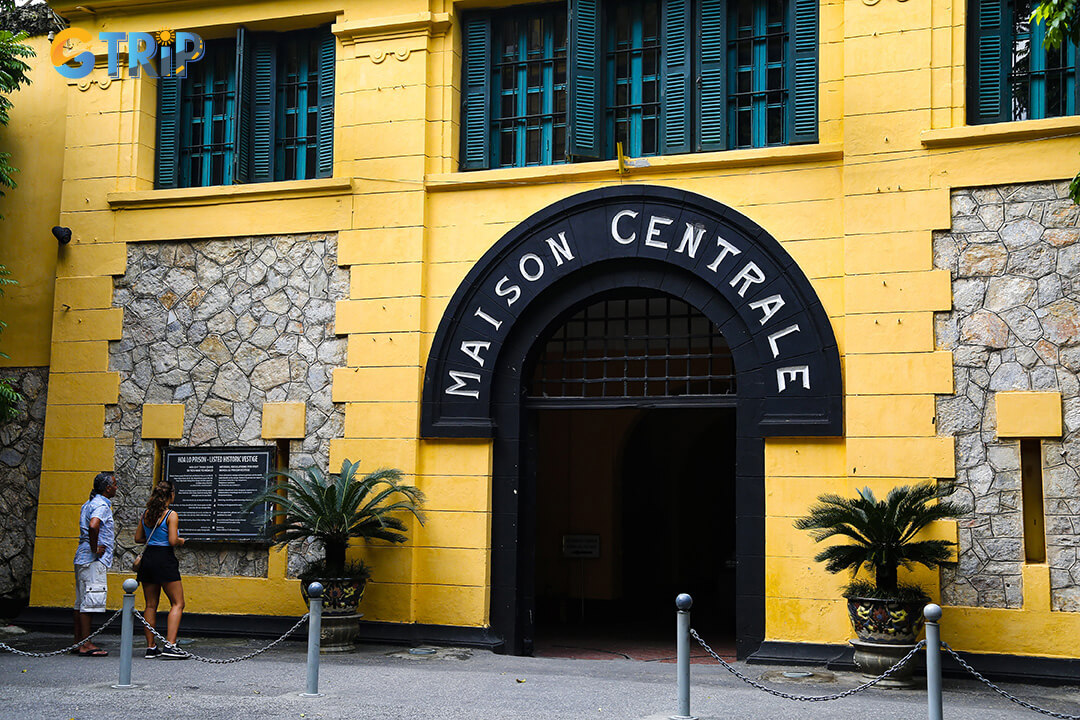
Hoa Lo Prison offers a stark look at Vietnam’s colonial and wartime history through powerful, preserved exhibits
Quan Su Pagoda (120 m)
Quan Su Pagoda is one of Hanoi's most important Buddhist temples and the headquarters of the Vietnam Buddhist Association. Dating back to the 15th century during the Le Dynasty, this spiritual sanctuary offers a peaceful contrast to the historical intensity of the nearby museums.
The pagoda features:
- Traditional Vietnamese Buddhist architecture with multiple halls and courtyards
- Intricate wood carvings depicting Buddhist stories and symbols
- Sacred statues, including the thousand-armed Quan Am (Goddess of Mercy)
- Peaceful garden area with bonsai trees and lotus ponds
Visitors typically spend 30-45 minutes exploring the temple grounds, making it a perfect spiritual respite between museum visits. The pagoda remains an active place of worship, so respectful attire (covered shoulders and knees) is recommended.
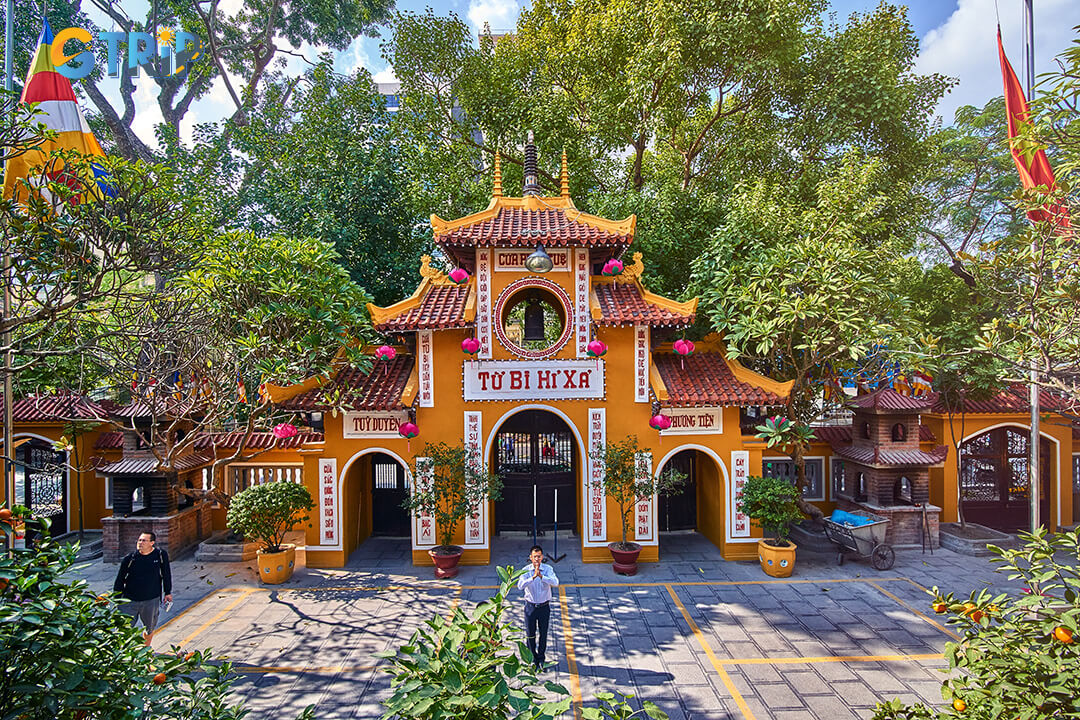
Quan Su Pagoda offers a serene spiritual retreat with traditional architecture, sacred statues, and tranquil gardens
Museum of People's Public Security (450 m)
Located 450 meters from the Hanoi Police Museum is its larger counterpart, the Museum of People's Public Security. While the Police Museum covers general police history, this institution offers a broader view of Vietnam's security forces and their role in modern history. This four-story museum showcases:
| Floor | Main exhibitions | Highlights |
|---|---|---|
| 1st floor | Formation and early years | Revolutionary underground movements, founding documents |
| 2nd floor | Role during the independence struggles | Intelligence operations, Vietnam War artefacts |
| 3rd floor | Modern security operations | Counter-terrorism efforts, international cooperation |
| 4th floor | Special exhibitions | Rotating displays on specific security topics |
The museum houses over 2,000 artifacts, including weapons, communication devices, uniforms, and documents. Unlike the Police Museum’s intimate setting, this larger institution offers a comprehensive overview of Vietnam’s security forces, complementing rather than duplicating the experience.

Museum of People's Public Security provides a broader look at Vietnam’s security forces across four floors of exhibitions, complementing the Police Museum experience
Visiting the Hanoi Police Museum reveals an unexpected and enriching layer of Vietnam’s vibrant history. Through compelling exhibits and stories, this museum invites you to step inside the world of bravery, duty, and resilience that has shaped a city. As you explore, you’ll connect with Hanoi’s past and the key roles law enforcement played in its national development.
This deepened perspective enriches your travel experience and kindles a newfound appreciation for the city’s cultural tapestry. Embrace this opportunity with GTrip to explore beyond traditional attractions. Let curiosity guide your next adventure in Hanoi tours. If you're left pondering more about Vietnam's intriguing past or yearning for new experiences, perhaps it’s time to map out another journey tailored just for you.

